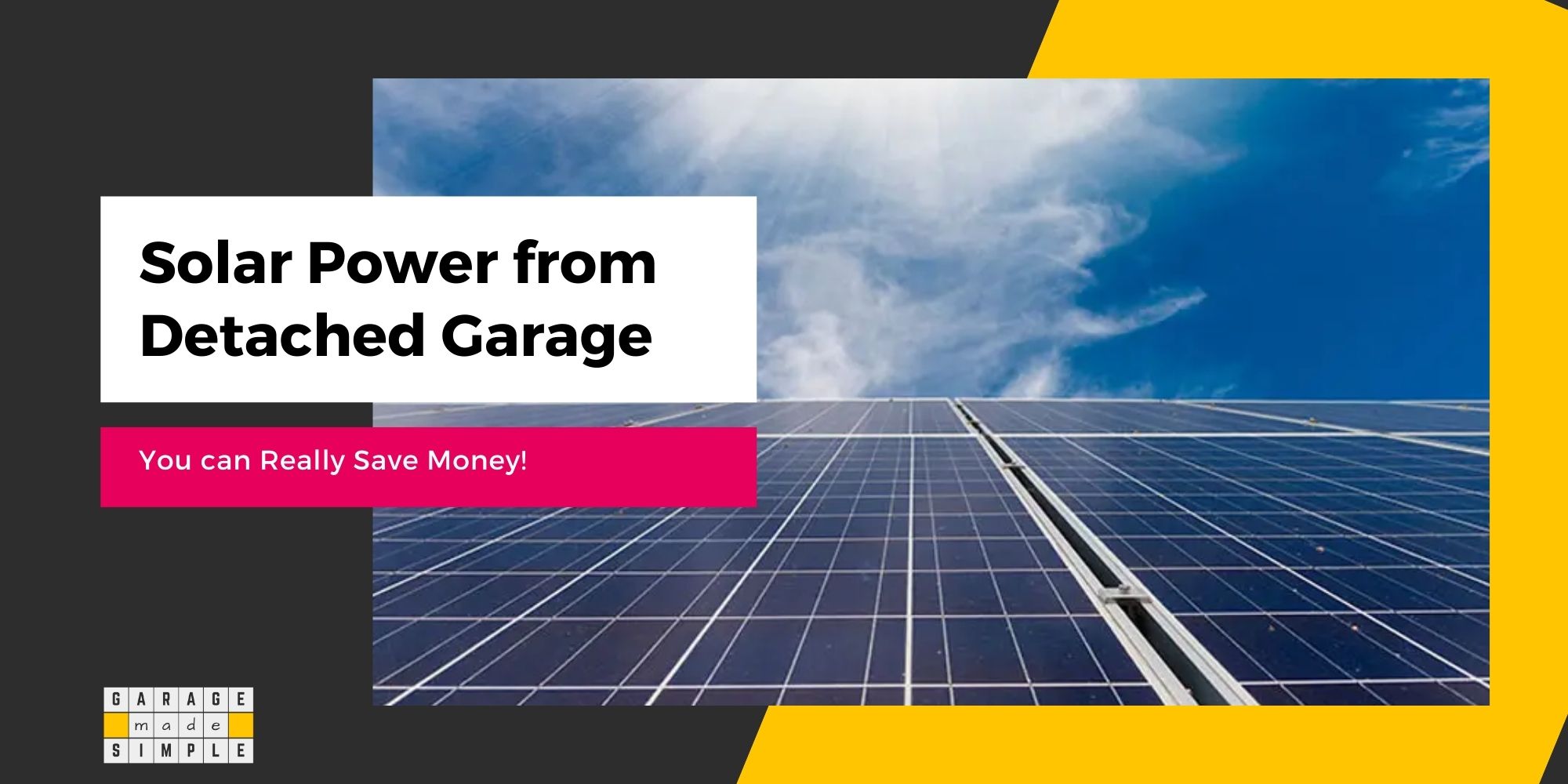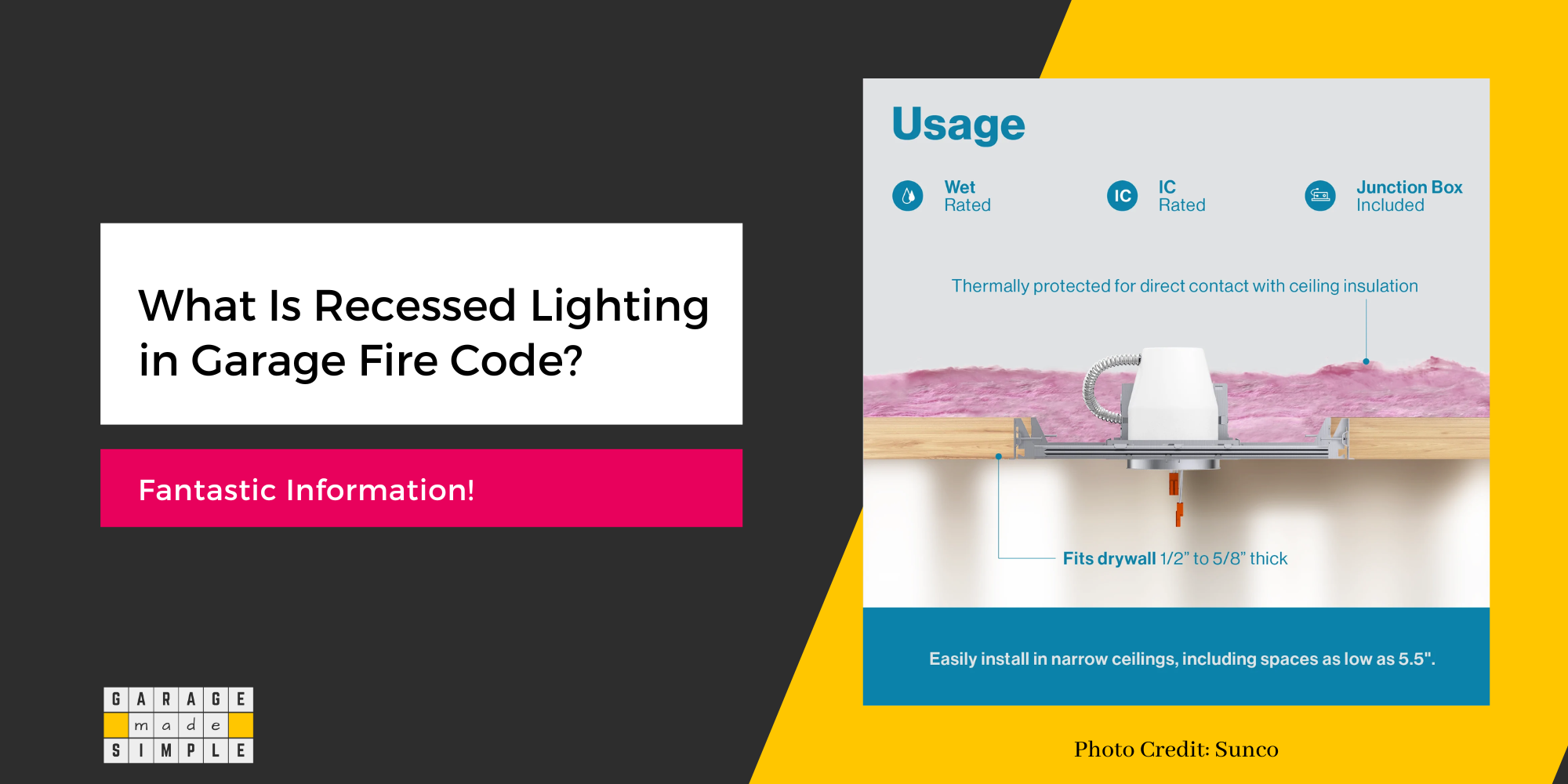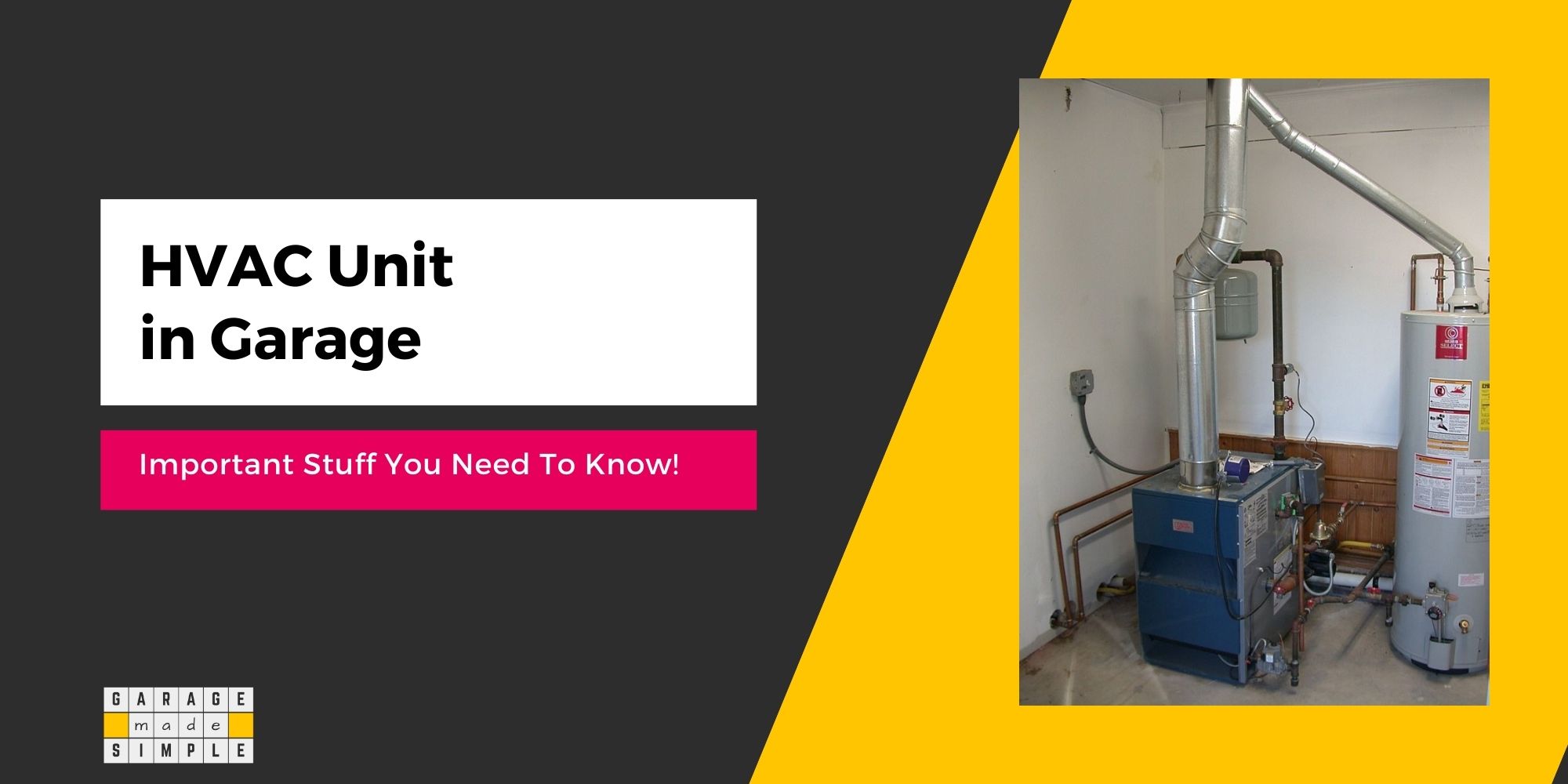Do You Need to Have Electric Garage Heaters Vented?
garagemadesimple.com is a participant in the Amazon Services LLC Associates Program, an affiliate advertising program designed to provide a means for sites to earn advertising fees by advertising and linking to Amazon.com . The website is also an affiliate of a few other brands.
Do Electric Garage Heaters Need to Be Vented?
You sure want to heat up your garage during winter. A garage heater is the most convenient and affordable way to keep warm and cozy. You have a choice of using a gas fired heater or an electric heater. But what about garage ventilation? Do gas fired garage heaters need to be vented? Do electric garage heaters need to be vented?
An electric garage heater uses electrical energy to produce heat. No fuel is burned to produce the heat. As a result electric garage heaters do not need to be vented. However, the garage should still be vented for adequate air circulation.
Often, garage ventilation does not get the attention it requires. Ventilation is not just about moving the air through the garage. It is also about moving the air within the garage. Good garage ventilation lets you
- Dissipate heat from the heater to all parts of the garage
- Improve air circulation which is good for health and well being
- Prevent condensation on the garage floor
- Eliminate fumes and odors

Ventilation within residential premises is important enough for the EPA to step in and define Indoor Air Quality (IAQ). ASHRAE requires that there should be 0.35 air changes per hour, but not less than 15 cfm per person, in residences for adequate IAQ.
If you are looking to get an electric garage heater, the 5000W Fahrenheat FUH Electric Heater for Garage available at Amazon USA is a good model for a standard 1 car garage. The bigger the garage, higher is the wattage you will need.
Do Gas Fired Garage Heaters Need to Be Vented?
Gas fired garage heaters burn a fuel such as natural gas or propane. And of course you need oxygen to keep any burning process going. The oxygen comes from the air in the garage.
Without adequate garage ventilation, the oxygen levels could drop to dangerous levels in the garage. You also run the risk of build up of the potentially lethal carbon monoxide (CO) gas.
Gas fired garage heaters need to be vented as the oxygen supply, even from a ventilated garage will not be sufficient. A gas fired garage heater requires a dedicated vent.
Not all gas fired garage heaters come with dedicated vents. These can be dangerous if your garage is not really well ventilated. It is safer to use a gas fired garage heater with a built-in vent. I recommend Ashley Hearth DVAG11L 11,000 BTU Direct Vent Propane Heater available at Amazon.
- 11,000 BTU heat input heats up to 375 sq. ft.
- Designed for use with liquid propane gas
- No complicated venting to purchase or install, complete kit is included (includes heat shield, vent pipe, air intake pipe, flashing, cap and connecting rod)
Are Non Vented Garage Heaters Safe?
A garage should be ventilated and climate controlled, if it is to be occupied for a significant duration of the day. This is often the case if you are using the garage for activities other than just parking and storage. You may have a workshop, a gym or even a home office.
An electric garage heater does not need to have a separate vent. However, the garage should have adequate air circulation for the heater to be more effective. The heat will be better distributed throughout the garage.
But even if the garage is not ventilated adequately, the electric garage heater will still be safe. On the other hand a non vented gas fired garage heater can be unsafe, especially if the garage is poorly ventilated.
A gas fired garage heater will produce carbon dioxide (CO2) when there is sufficient oxygen. But when the oxygen supply in the air depletes, the combustion will not be complete and the result will be production of carbon monoxide (CO).
Carbon monoxide is potentially lethal to human beings. It is tasteless, colorless and odorless, so you do not even know that you are breathing it. High enough quantities can cause you to pass out and even die.
A non vented gas fired garage heater will also significantly increase the humidity level of the garage. Without proper ventilation you may face following problems:
- Condensation and slippery, wet garage floor
- Corrosion & rusting of cars and other metallic items
- Degradation of items with polymer / polymer adhesives
- Growth of mold & fungus
NOTE: Since 1980, all ventless heaters must have an “oxygen depletion sensor” (ODS) that detects the presence of oxygen in the room. The ODS shuts the heater down if the oxygen level dips below a preset level.
MLIVE
Where Is the Best Place to Put a Garage Heater?
The best location for a garage heater depends on the type of the heater. Electric garage heaters are available either as forced air, radiant or infrared heaters.
Forced air heaters use a fan to blow air over a heated electric coil. Most of the garage can be heated using a forced air electric heater. The second two options direct the heat to a limited space and are ideal for personal heating.
The best place to install a forced air electric heater is on the wall opposite the garage door. The hot air from the heater will be able to quickly neutralize the cold air that comes in every time the garage door is opened.
You should also install the heater a bit low, say 3 feet above the floor. Hot air rises so if the heater is too high the heat will not reach where it is required.
Radiant or infrared heaters, on the other hand, should be installed at a height of around 7 feet above the floor. The heater should be hung from the garage ceiling and kept at least 2 feet from garage walls.
Also ensure that there is a distance of around 6 feet from the heater to the objects that need heating. There should be no combustible items in the path of the rays.
Check out the link NEWAGE for infrared heaters specifically designed for garage use.
Thank you very much for reading the post. I do hope you found it informative and useful.






